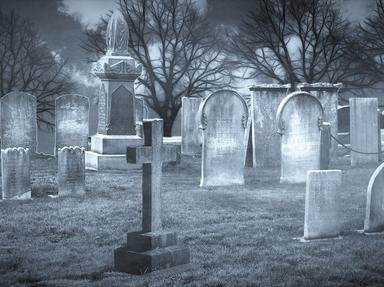
Uneasy Lies the Head that Wore a Crown Quiz
Oh no, ten sovereigns of England have had their bones mixed up! Can you identify the resting place associated with each of these monarchs?
A matching quiz
by eyhung.
Estimated time: 4 mins.
- Home
- »
- Quizzes
- »
- World Trivia
- »
- World Sites
- »
- Burial Sites